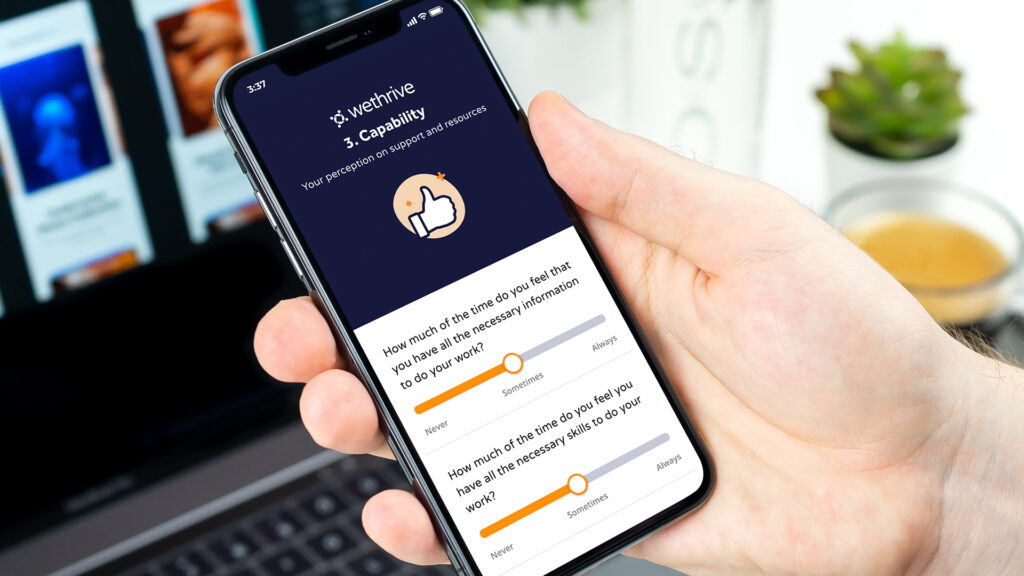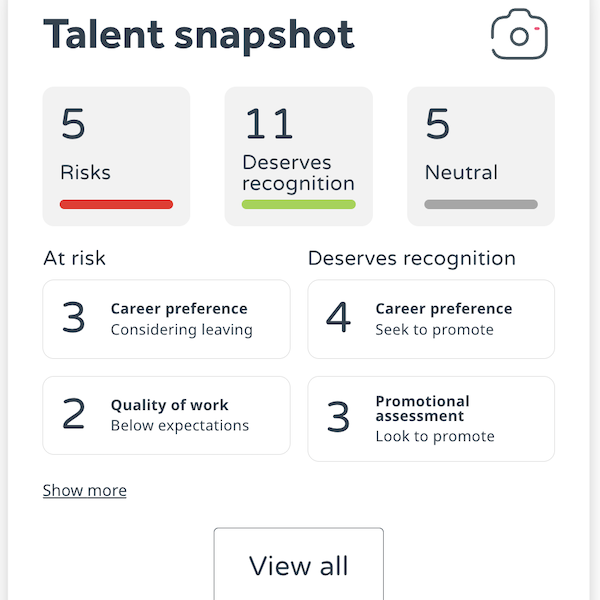The employee engagement survey process can be complicated without forward planning. In our daily lives, we are faced with endless dilemmas. Life is full of questions, such as: What should we do? How should we do it? When? Where? Who with? How much will it cost?
There are just as many questions when you consider doing an employee engagement survey which, after all, is just another set of questions.
So, to help with the employee engagement survey process, in this blog we identify the big decisions you need to tackle.
Why do an employment engagement survey?

Surveys are usually introduced to gather insights into what is important to your employees. Are they happy and engaged at work? Do they feel appreciated? Are they motivated? Do they have the right training opportunities? Do they feel listened to? Do they understand their role?
Although it is important to understand the views and aspirations of your employees, there is little point in conducting your employee engagement survey unless you fully intend to implement change based on the findings. So the biggest question you must ask yourself before rolling out a staff survey is – are you prepared to learn and take action?
Who should take part in the employee engagement survey process?
The short answer is everyone!
Although it may be tempting to focus on core functions or those who are fee earners (eg. the sales team), a robust employee engagement survey should involve everyone. Employers mostly see an average of 20-60% response rate for staff surveys, but ideally you should be getting an 80-100% response rate.
Everyone in the business contributes to achieve the organisation’s goals, so it is vital to ensure everyone is engaged as possible.
When should you do an employment engagement survey?
If you don’t allow enough time to act on the findings, then you could be doing too many surveys.
If you wait for an annual survey, then you will lose any momentum for change.
So, what is the perfect timing in the employee engagement survey process? Once a quarter (or bi-annually – this is probably the longest time you should leave between surveys) allows enough time for a continuous learning cycle to take place. The cycle comprises:
- Measure
- Learn
- Change
- Settle
- Repeat
Read more > how often should you conduct an employee engagement survey?
 How do you set up an employment engagement survey?
How do you set up an employment engagement survey?
You have established why and when to do an employee survey. You have decided who should be asked. Now you have the small matter of how to actually do the survey.
Here are some important considerations:
What to ask?
Choosing the right questions can be difficult. People respond to questions in different ways, with factors such as age, gender, race, background, experience, personality type, and seniority all coming into play. Your own unconscious opinions and biases can also influence the questions and be based on what you think you want to hear.
At WeThrive, our surveys are designed by workplace psychologists to ensure the results are accurate and reliable. Our questions have been created in the context of how human needs are met in a workplace context. And they are carefully compiled to create the desired outcome – a practical action plan.
Importantly, we don’t have a one-size-fits-all solution. We work with you to establish what you want to achieve from the survey and adapt the survey accordingly.
What format should the survey take?
A survey shouldn’t be a bind for staff to do. It can even be fun! People are used to user-friendly and welcoming interfaces. A simple tick-box form will no longer suffice.
WeThrive surveys are thoughtfully designed to be vibrant and to encourage respondents along the journey. Most questions are answered with easy-to-use sliders, and each step is carefully explained. Employees can track progress and complete in their own time.
It is very easy to lose people’s interest, so keeping it lively and engaging is part of the plan. Otherwise, people will rush through questions, and you may not get an accurate picture at the end of the process.
 Get the buy-in.
Get the buy-in.
The danger of just sending out a survey to be completed is that it can be seen as a chore; yet another task to complete when people are already busy.
It is important to sell the benefits of the survey to employees. It should be stressed that this is a serious exercise in making the office a better place to be. Crucially, senior leaders should express their support and commitment to act on its findings. Managers should use team meetings to explain why the survey will be a catalyst for change.
Don’t forget to send reminders. People may have the intention to complete the survey, but work can get in the way. It doesn’t have to be a barrage of email reminders – try putting notices in communal areas or by the kettle or coffee machine.
Read more > Getting buy-in for the staff survey
What are the deadlines?
A rushed survey is a flawed survey. But it is just as damaging to allow a survey to drag on for too long. We recommend that there should be a week or two-week window to complete the questions.
Should it be anonymous?
There are pros and cons for setting up an anonymous survey. If you want frank and forthright opinions, the cloak of anonymity can be advantageous. But if people can only be honest in secret, then perhaps the company culture is not as robust as it should be.
If you are looking to implement real change for the benefit of employee engagement, it is far better if you know what individuals are thinking. How can you help them otherwise? If they express views about the workplace culture, it becomes incumbent on the business to act. It is too easy to ignore anonymous suggestions and individuals may not get the direct help they need.
To get sincere answers you may need to ensure a greater level of trust is built up, but that’s hardly a bad thing to do. Starting with one or two anonymous surveys and then moving to the non-anonymous format is a common choice for businesses new to the survey process.
Read more > Should an employee engagement survey be anonymous?
What should be done after the employment engagement survey process?
Firstly, communicate the results. If people have taken the time to complete the survey then, at the very least, report the findings. Otherwise, employees will think ‘what’s the point?’
Secondly, act on the findings. A WeThrive survey summarises the key findings and suggests actionable plans, which are supported with curated learning content. Acting on the findings shows that you mean what you say!
Thirdly, keep monitoring. Company culture isn’t built in a day. It is a continuous commitment to your people. Look after your employees, and they will look after the business.
Finally, after actions from your last survey settle, survey again. When you decide to repeat the exercise, assuming you have followed the first three points, you should begin to see the fruits of your labour!
Read more > What to do with employee engagement survey results
If you are looking to instigate an employee survey, please talk to us first. With an average 91% survey completion rate, our engagement platform uncovers how your people truly feel, enabling managers to create highly effective teams, retain key staff for longer and deliver better business results.
 How do you set up an employment engagement survey?
How do you set up an employment engagement survey?

